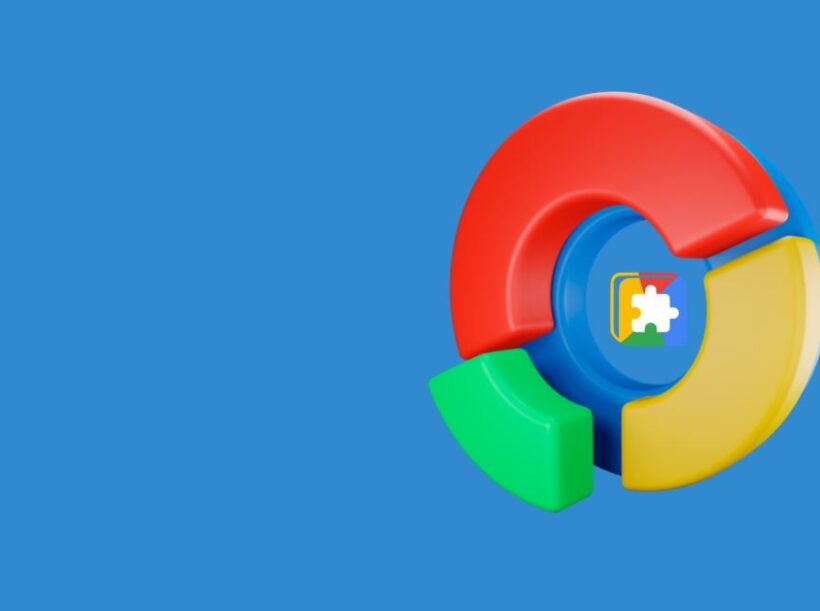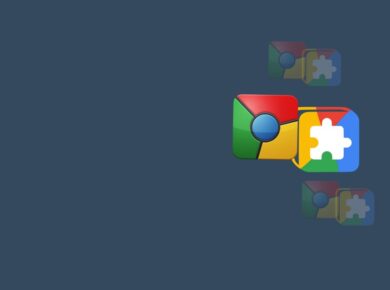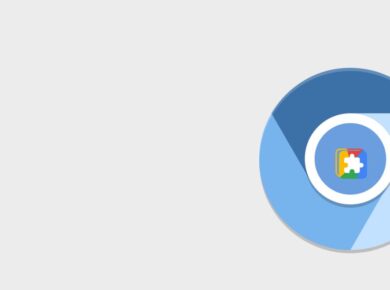Command line switches, also known as command-line flags or parameters, are special parameters that can be used when launching a web browser to modify its behavior.
These switches allow users and developers to enable or disable specific features, activate debugging tools, or reset browser settings. They provide a way to customize the browser’s functionality and are particularly useful for testing, troubleshooting, and development scenarios.
How Command Line Switches Work
Command line switches are appended to the browser’s executable file name when launching it from the command line or terminal. The format varies depending on the operating system:
- Windows: On Windows, the command line switch is typically prefixed with a hyphen (-) and added after the browser’s executable file name. For example, “chrome.exe –incognito” would launch Google Chrome in incognito mode.
- macOS: On macOS, command line switches often use a double hyphen (–), similar to Linux conventions. For example, “firefox –private-window” would open Firefox in private browsing mode.
- Linux: Linux follows a similar convention to macOS, using double hyphens for command line switches. For instance, “chromium-browser –incognito” would start Chromium in incognito mode.
These switches can be combined to modify multiple aspects of the browser’s behavior in a single launch.
Common Command Line Switches
Some commonly used command line switches include:
- Incognito or Private Browsing Mode: Enables private browsing, preventing the browser from storing browsing history, cookies, or temporary files.
- Disable Extensions: Disables all installed extensions, which can be useful for troubleshooting extension-related issues or isolating specific browser behavior.
- Safe Mode: Launches the browser in a minimal, default state, disabling extensions and custom settings, useful for diagnosing issues caused by extensions or corrupted settings.
- Debug or Developer Mode: Enables developer tools and debugging features, providing access to advanced tools for web development and troubleshooting.
- User Data Directory: Allows users to specify a custom directory for storing user data, separate from the default location, which is helpful for testing or creating isolated browser profiles.
Benefits of Command Line Switches
Command line switches advantages:
Customization: Command line switches provide a way to customize the browser’s behavior, enabling specific features or disabling others to suit user preferences or testing needs.
Troubleshooting: By disabling certain features or extensions, command line switches can help pinpoint the cause of issues, allowing for more effective troubleshooting.
Development and Testing: Developers can use command line switches to enable debugging tools, access experimental features, or simulate specific browser environments for testing purposes.
Reproducibility: Command line switches allow for consistent reproduction of specific browser states or configurations, making it easier to identify and fix issues.
Challenges and Considerations
While command line switches offer flexibility, there are also considerations to keep in mind:
- User Accessibility: Using command line switches may not be intuitive for all users, particularly those unfamiliar with command-line interfaces. Clear documentation and user guidance are essential.
- Security Risks: Enabling or disabling certain features through command line switches could potentially introduce security risks if not used properly. Users should exercise caution and refer to official documentation.
- Limited Mainstream Adoption: While command line switches are powerful, they may not be commonly used by the general user population, who typically interact with browsers through graphical user interfaces.
Command line switches provide a versatile tool for customizing and controlling browser behavior. They are particularly valuable for developers, testers, and power users who need to modify the browser’s functionality for specific purposes. By leveraging command line switches, users can enable debugging tools, isolate issues, and create tailored browser environments. However, it’s important to provide clear documentation and guidance to ensure a positive and secure browsing experience for all users.




